Growth of Electric Vehicle Production
The growth of electric vehicle production is reshaping the Automotive Structural Sheet Market. As the automotive landscape shifts towards electrification, manufacturers are increasingly focusing on the unique structural requirements of electric vehicles. These vehicles often require specialized structural sheets that can accommodate battery placement and enhance overall vehicle safety. Data indicates that the electric vehicle market is projected to grow at a compound annual growth rate of over 20% in the coming years. This surge in electric vehicle production is likely to drive demand for innovative automotive structural sheets, thereby fostering growth within the Automotive Structural Sheet Market.
Increasing Demand for Fuel Efficiency
The Automotive Structural Sheet Market is experiencing a notable surge in demand for fuel-efficient vehicles. As consumers become more environmentally conscious, automakers are compelled to enhance fuel efficiency in their offerings. This trend is driving the adoption of lightweight materials, such as advanced high-strength steel and aluminum, which are integral to automotive structural sheets. According to recent data, vehicles utilizing these materials can achieve up to 20% better fuel economy compared to traditional counterparts. Consequently, manufacturers are increasingly investing in innovative designs and materials to meet regulatory standards and consumer expectations, thereby propelling growth in the Automotive Structural Sheet Market.
Regulatory Pressure for Emission Reductions
Regulatory pressure for emission reductions is a critical driver in the Automotive Structural Sheet Market. Governments worldwide are implementing stringent regulations aimed at reducing greenhouse gas emissions from vehicles. This has prompted automakers to seek solutions that not only comply with these regulations but also enhance vehicle performance. The use of lightweight structural sheets plays a pivotal role in achieving these objectives, as lighter vehicles typically emit fewer pollutants. As a result, the Automotive Structural Sheet Market is expected to expand as manufacturers prioritize compliance and invest in materials that contribute to lower emissions.
Technological Advancements in Manufacturing
Technological advancements in manufacturing processes are significantly influencing the Automotive Structural Sheet Market. Innovations such as automated production lines, 3D printing, and advanced welding techniques are enhancing the efficiency and precision of automotive component manufacturing. These technologies not only reduce production costs but also improve the quality and performance of structural sheets. For instance, the implementation of laser welding has been shown to increase the strength of joints, which is crucial for vehicle safety. As manufacturers adopt these cutting-edge technologies, the Automotive Structural Sheet Market is likely to witness accelerated growth, driven by improved product offerings and reduced time-to-market.
Rising Consumer Preferences for Safety Features
Rising consumer preferences for enhanced safety features are influencing the Automotive Structural Sheet Market. As safety becomes a paramount concern for consumers, automakers are compelled to integrate advanced safety technologies into their vehicles. This necessitates the use of high-strength automotive structural sheets that can withstand impact and provide better protection. Research suggests that vehicles equipped with advanced safety features can reduce accident-related injuries significantly. Consequently, the demand for robust structural materials is expected to rise, driving growth in the Automotive Structural Sheet Market as manufacturers strive to meet consumer expectations and regulatory standards.



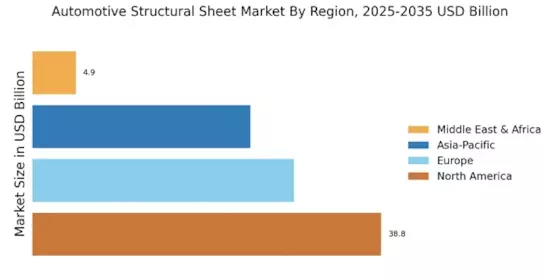


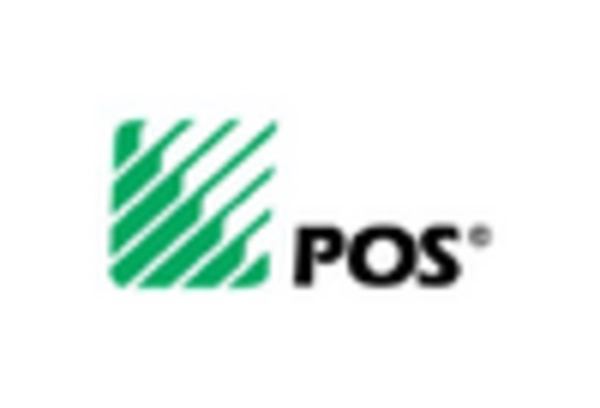
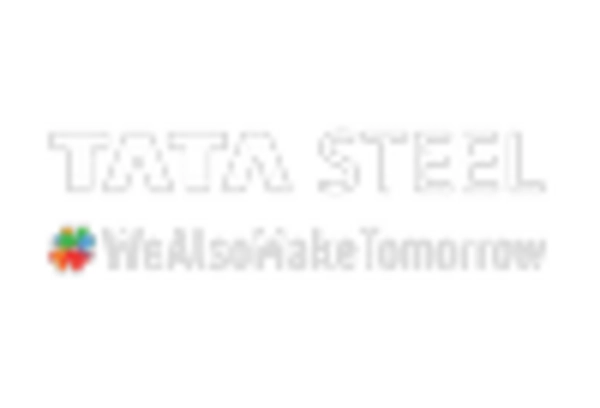
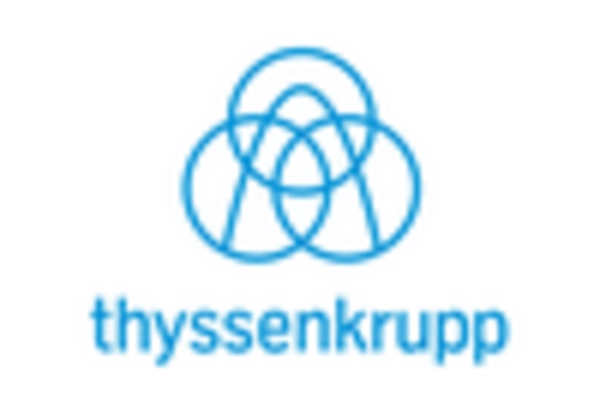
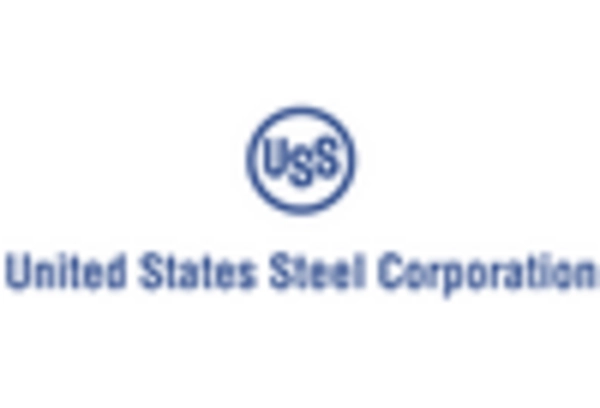








Leave a Comment